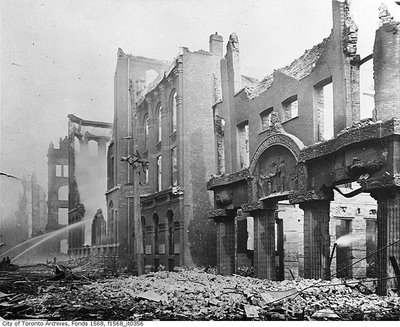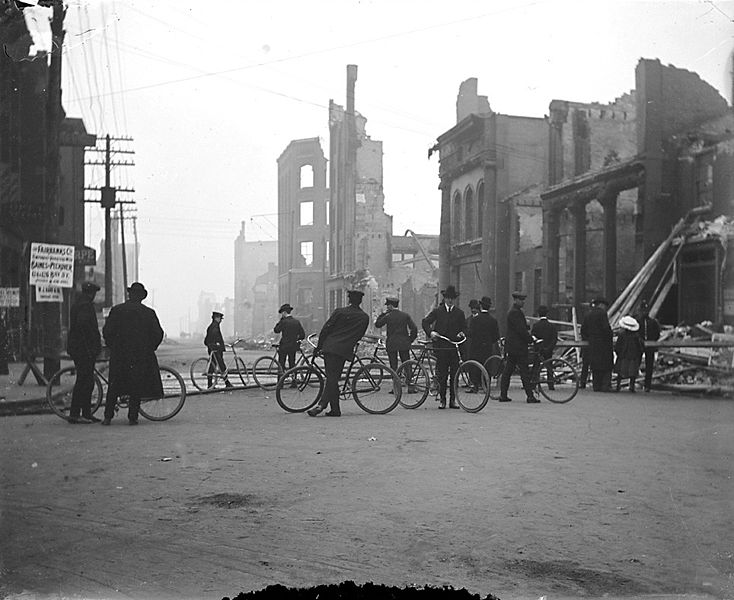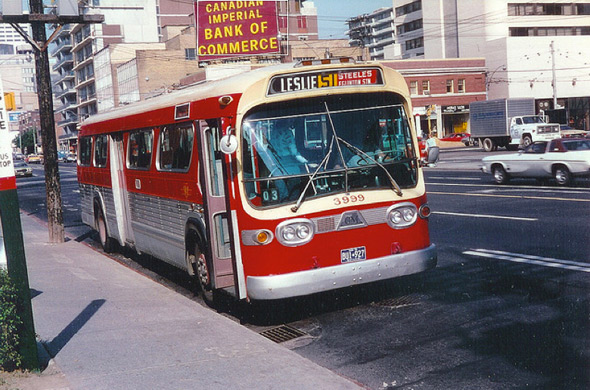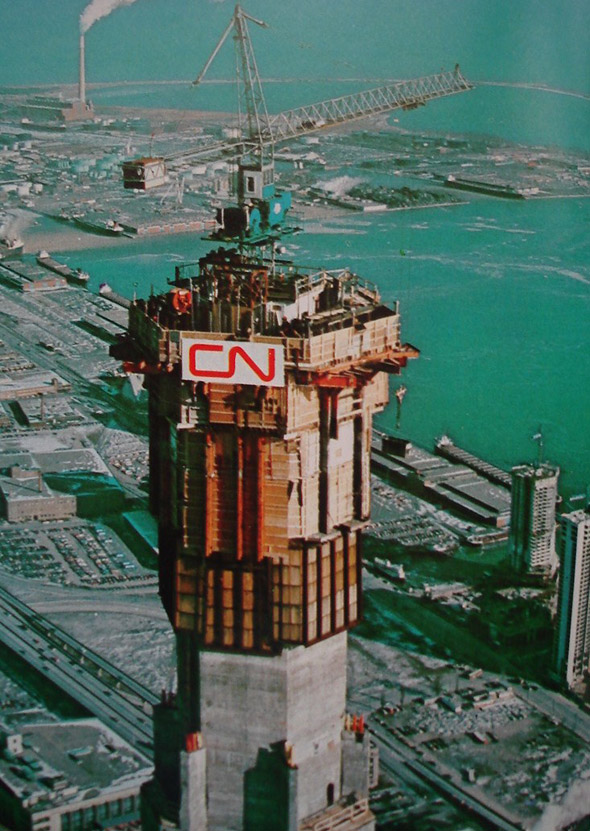| Toronto |
|
|
|
City Directory
|
 History of
Toronto History of
Toronto
The Toronto area was home to a number of First Nations groups (Neutral, Seneca, Mohawk and Cayuga nations) who lived on the shore of Lake Ontario. The first European presence was the French trading fort Fort Rouille, which was established in 1750,south of the village site of Teiaiagon. In 1793, Toronto, then known as York, was named capital of the new colony of Upper Canada, and then was incorporated and renamed Toronto in 1834 everting to the name Toronto to distinguish it from New York City,as well as about a dozen other localities named 'York' in the province.
A large section of the downtown was destroyed in the Great Toronto Fire of 1904. The fire destroyed 104 buildings on about twenty acres of land, but killed no one. The city steadily grew during the 19-th century, becoming one of the main
destinations of immigrants to Canada. Toronto grew rapidly in the late 19th century, the population increasing from 30,000 in 1851 to 56,000 in 1871, 86,400 in 1881 and 181,000 in 1891. As the city grew, it became naturally bounded by the Humber River to the west, and the Don River to the east. In 1954, the provincial government created the Municipality of Metropolitan Toronto, a regional government that incorporated numerous local municipalities.
During the 1970s, Toronto had a major construction boom with many of the city's skyscrapers being built at the time.
This was causing havoc with the city's old television and radio
towers which were simply not tall enough to serve the city,
In 1998, the six municipalities comprising Metropolitan Toronto
– East York, Etobicoke, North York, Scarborough, York,
A continuous influx of newcomers from Atlantic Canada and large numbers of immigrants from around the world have contributed to the steady growth of Toronto and its surroundings since the Second World War. Today, Toronto is the primary destination for new immigrants to Canada, the vast majority from the developing world.
|
| |
|
©Copyright: Toronto-City.Info All Rights Reserved 2010








